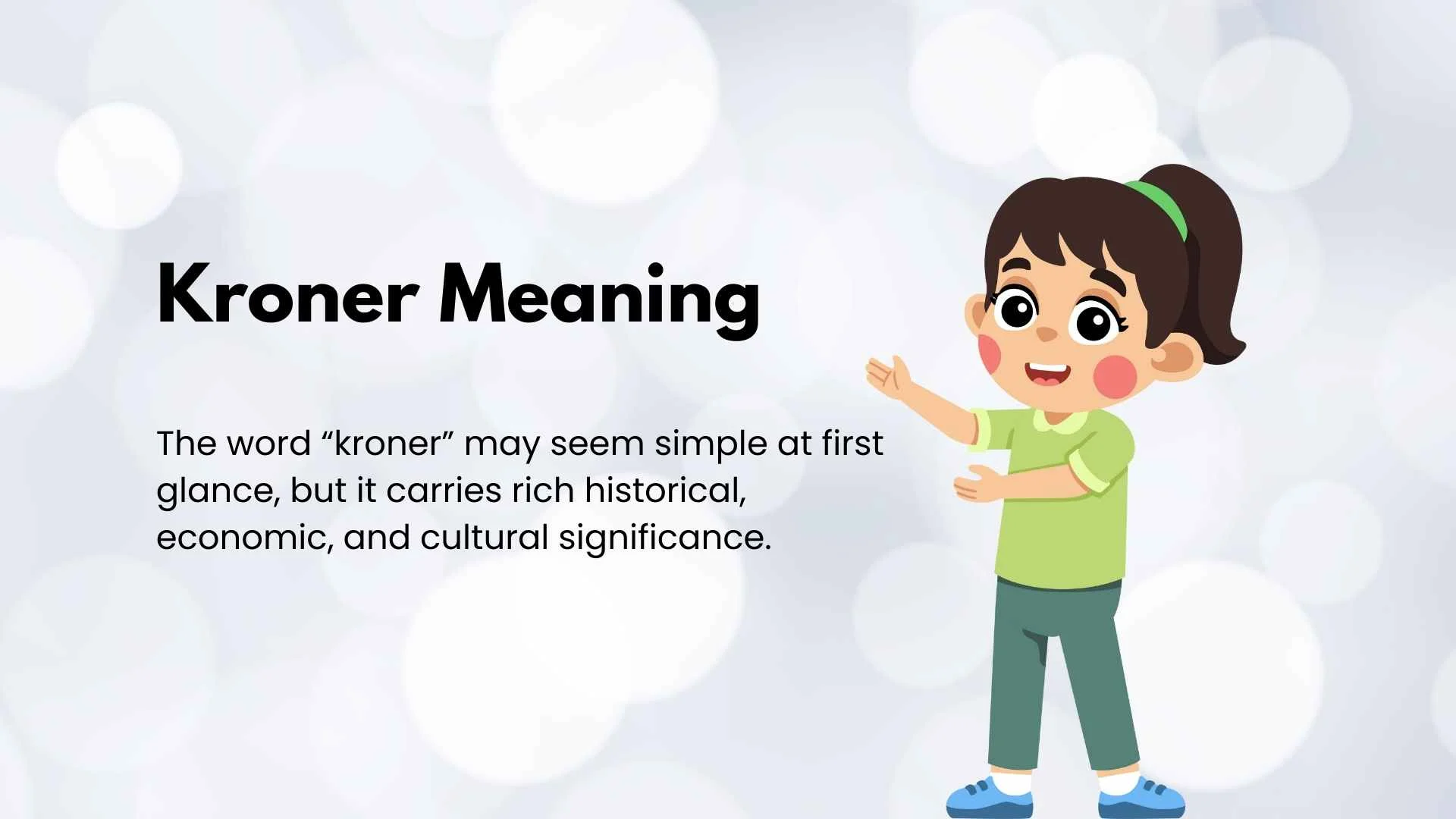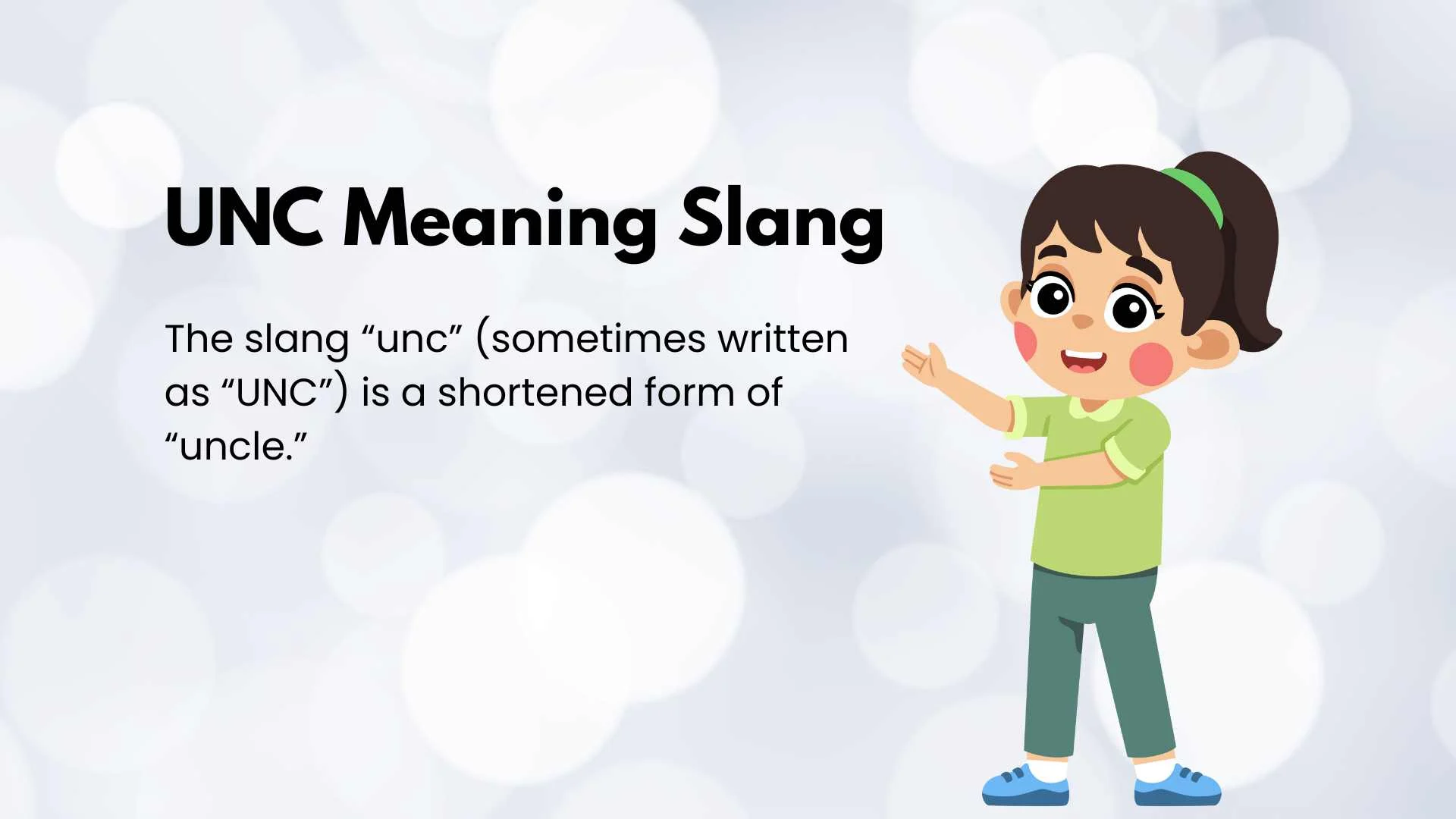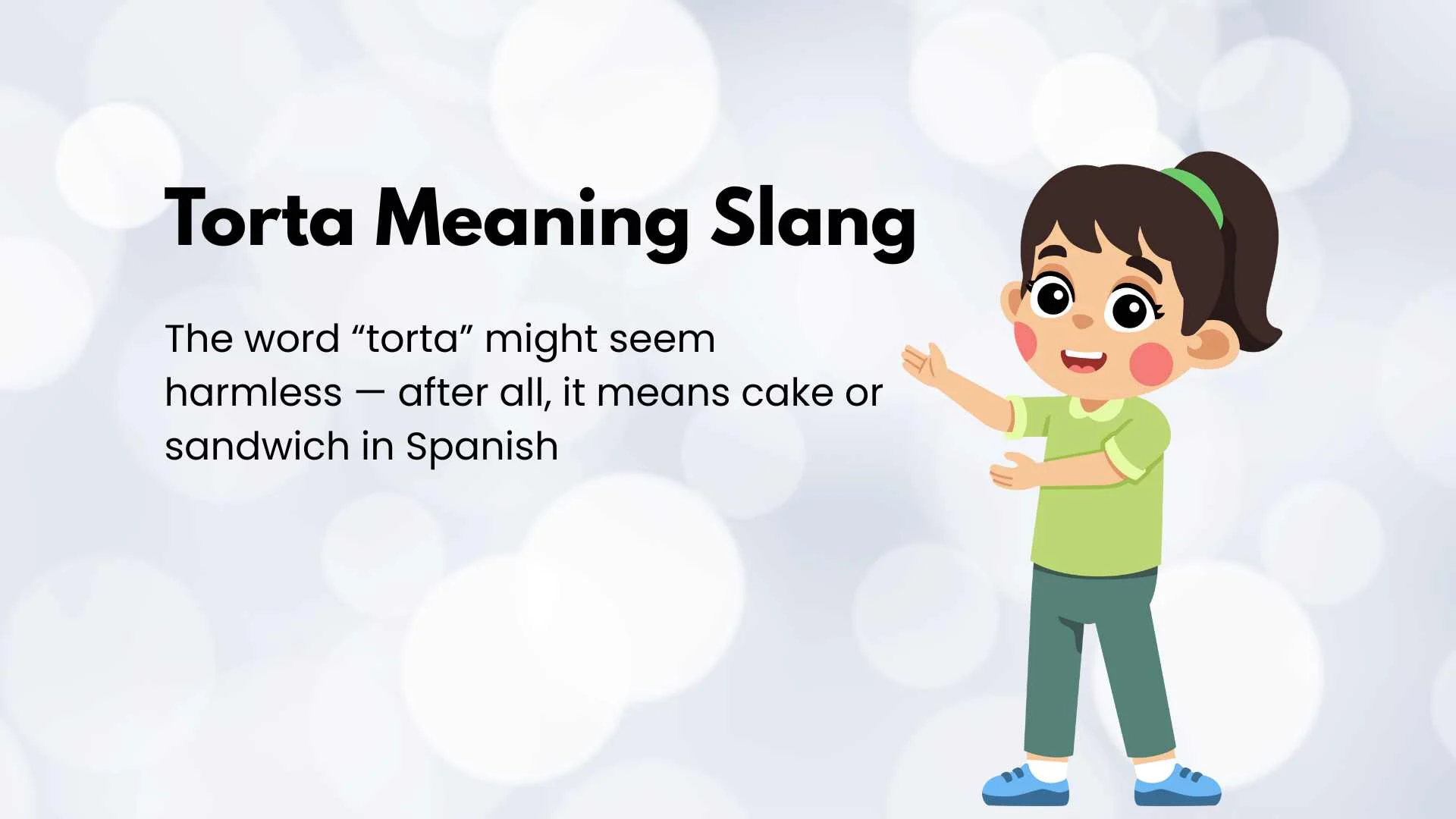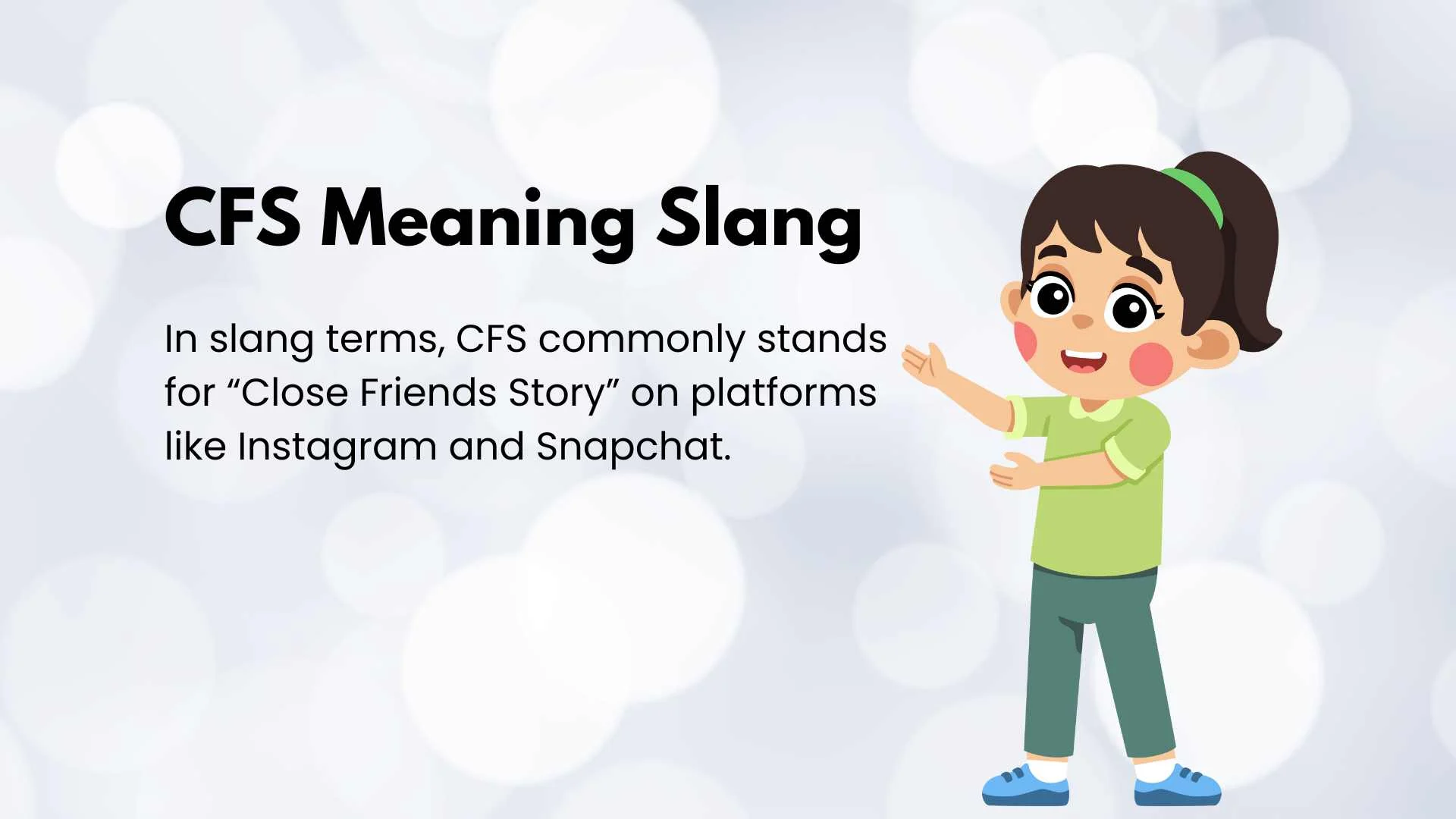The word “kroner” may seem simple at first glance, but it carries rich historical, economic, and cultural significance. Primarily known as the plural form of “krone”, it represents the official currency of several Scandinavian countries.
Rizz Line Generator
But beyond money, the term has infiltrated slang, language, and even cultural identity. In this article, we explore the meaning of kroner, its historical roots, modern usage, and how it connects to broader concepts like economics, language, and everyday life.
We’ve made it easy for you to copy and share this knowledge with friends, family, or on social media and WhatsApp. Whether you’re exploring currencies, learning new terms, or just curious, this guide makes everything simple, clear, and engaging!
The Currency Meaning of Kroner
Definition and Etymology
The term krone comes from the Latin word corona, meaning “crown.” The plural form, kroner, literally translates to “crowns” and serves as the official currency in Denmark, Norway, and Sweden. Introduced in the late 19th century, it replaced older currencies such as:
- Rigsdaler in Denmark
- Speciedaler in Norway
- Riksdaler in Sweden
The adoption of kroner was part of a broader economic strategy, later formalized under the Scandinavian Monetary Union (1873–1914), which allowed standardized exchange and stability across these nations.
Fun Fact: The crown symbolism reflects the monarchy’s influence on national identity, linking currency directly to heritage.
Danish Krone (DKK)
The Danish krone (DKK) is Denmark’s official currency and extends to territories such as Greenland and the Faroe Islands. It comes in coins and banknotes with denominations of:
Coins: 50 øre, 1, 2, 5, 10 kr.
Banknotes: 50, 100, 200, 500, 1000 kr.
Introduced in 1875, the DKK replaced the rigsdaler, aligning Denmark with the Scandinavian Monetary Union. Modern banknotes feature Danish monarchs, historical figures, and cultural landmarks. The Danish krone remains stable and widely traded, reflecting Denmark’s strong economy.
| Denomination | Type | Features |
|---|---|---|
| 50 øre | Coin | Silver-colored, discontinued in some areas |
| 1, 2, 5 kr | Coin | Common, used daily |
| 10 kr | Coin | Bi-metallic, commemorative editions exist |
| 50-1000 kr | Banknote | Portraits, historical symbols |
Norwegian Krone (NOK)
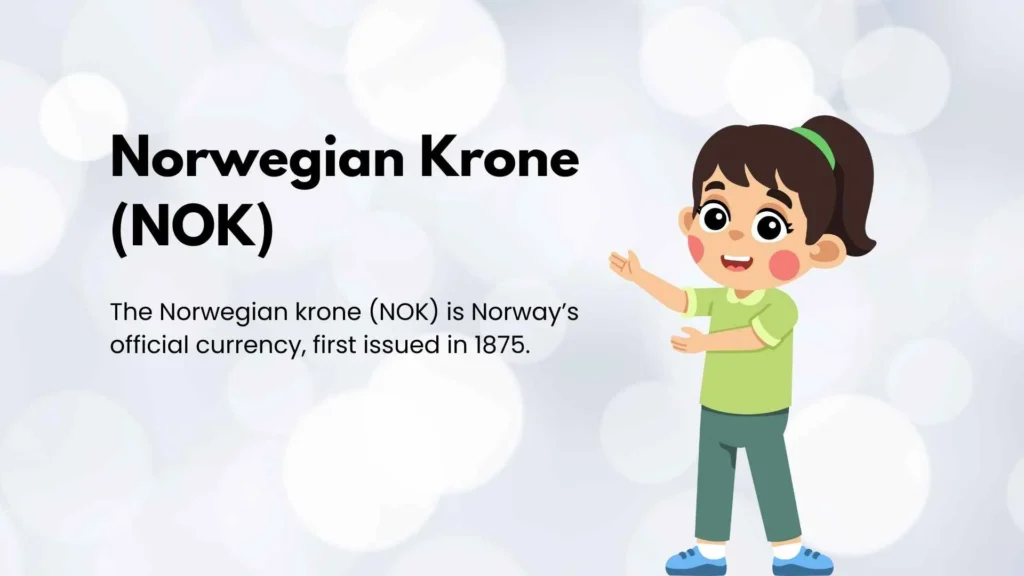
The Norwegian krone (NOK) is Norway’s official currency, first issued in 1875. Like Denmark, Norway shifted from the speciedaler to standardize the currency across the Scandinavian region.
Coins and banknotes:
- Coins: 1, 5, 10, 20 kr
- Banknotes: 50, 100, 200, 500, 1000 kr
Norwegian banknotes are visually striking, depicting cultural elements like wildlife, historical architecture, and artistic heritage. The NOK is essential in international trade, particularly in oil and gas sectors, making it economically significant beyond domestic usage.
Swedish Krona (SEK)
Sweden uses the Swedish krona (SEK), introduced in 1873. It replaced the riksdaler during the formation of the Scandinavian Monetary Union.
Coins: 1, 2, 5, 10 kr
Banknotes: 20, 50, 100, 200, 500, 1000 kr
Swedish coins previously included öre, the subunit (100 öre = 1 krona), but öre coins were discontinued in 2010, reflecting modern cashless trends. Swedish banknotes highlight national achievements, cultural figures, and artistic motifs.
Comparison of Scandinavian Kroner
| Feature | Danish Krone (DKK) | Norwegian Krone (NOK) | Swedish Krona (SEK) |
|---|---|---|---|
| Introduced | 1875 | 1875 | 1873 |
| Coins Denominations | 50 øre, 1, 2, 5, 10 | 1, 5, 10, 20 | 1, 2, 5, 10 |
| Banknotes Denominations | 50–1000 kr | 50–1000 kr | 20–1000 kr |
| Territories Using | Denmark, Greenland, Faroe Islands | Norway | Sweden |
| Subunits | Øre | Øre | Öre (discontinued) |
This table illustrates the similarities and subtle differences, highlighting the shared Scandinavian heritage while respecting national uniqueness.
Kroner Beyond Currency
Kroner in Slang and Everyday Language
In casual speech, kroner often refers simply to money. This usage is common in Denmark, Norway, and Sweden. Examples:
- “I need a few kroner to hit the club tonight.”
- “Living my best life with a pocket full of kroner!”
Here, kroner shifts from a formal economic term to a colloquial reference, showing how language evolves alongside culture. This versatility demonstrates the dynamic nature of language and how currency can reflect social habits.
Kroner in Collecting and Numismatics
Collectors value kroner for their historical and artistic significance. Rare coins, commemorative editions, and older banknotes can fetch high prices. Important factors include:
- Year of minting
- Limited editions
- Condition (mint vs circulated)
For example, Danish 1 krone coins from the 19th century or Norwegian speciedaler remnants are highly sought after by collectors.
Kroner in International Finance
The Danish krone, Norwegian krone, and Swedish krona also play a role in global finance. They are actively traded in forex markets, offering:
- Stable investment options
- Hedging against other currencies
- Participation in international trade
Investors often monitor fluctuations against the euro and US dollar to gauge Scandinavian economic stability.
Fun Facts and Miscellaneous Uses
Historical Kroner Designs
Banknotes and coins often reflect monarchical history and national culture. For instance:
- Danish coins feature the royal crown and monarch portraits.
- Swedish banknotes highlight cultural icons like Astrid Lindgren (author of Pippi Longstocking).
- Norwegian coins include symbols of national fauna, architecture, and maritime history.
Cultural References
Kroner occasionally appear in literature, films, and local media as a symbol of wealth, identity, or daily life. For example: “He counted his last kroner before paying for the ferry” reflects everyday usage.
Common Confusions
People often confuse krone vs crown, or the different Scandinavian currencies. Remember:
- Krone = singular
- Kroner = plural
- SEK = Swedish krona, DKK = Danish krone, NOK = Norwegian krone
Hiatus: Meaning, Usage, and Alternatives
Interestingly, the term hiatus shares linguistic relevance with kroner in exploring language evolution.
Hiatus Definition and Origin
- Hiatus (noun) means a pause or gap.
- Latin origin: hiatus = opening/gap.
- In phonetics, it describes two vowels occurring without a consonant.
Hiatus Usage Across Domains
General Use: Temporary break or pause in activities.
Anatomy:
- Esophageal hiatus: opening in the diaphragm for the esophagus
- Aortic hiatus: opening in the diaphragm for the aorta
Linguistics: Phonetics and elision/glide formation to resolve vowel hiatus.
Television/Media: A scheduled break in broadcasting or series episodes.
Alternatives to Hiatus
Formal: Intermission, Recess, Adjournment
Professional: Sabbatical, Leave of Absence, Break
Casual: Time Off, Pause, Downtime, Gap, Breather
These examples show how a single term can evolve across cultural, professional, and casual contexts, much like the term kroner transitions from formal currency to slang.
Cultural and Economic Significance of Kroner
- Cultural Identity: Kroner reflect Scandinavian heritage, monarchy, and national pride.
- Economic Significance: They underpin the financial systems of Denmark, Norway, and Sweden.
- Language Evolution: Both kroner and hiatus illustrate how terms gain versatility over time.
Currency is more than coins and banknotes—it’s a living reflection of culture and economy.
Related Resources
- Danmarks Nationalbank – Official info on DKK
- Norges Bank – Official info on NOK
- Riksbank – Official info on SEK
Additional reading on language evolution and hiatus:
- 1111 Meaning: Angel Number 1111 and the Concept of Hiatus
- WYLL Meaning and Hiatus Explained Simply
- Sybau Meaning (Hiatus Meaning)
Conclusion
The word kroner carries depth far beyond its use as a Scandinavian currency. From its historical roots in the Scandinavian Monetary Union to its role in modern slang, kroner embodies culture, economics, and language evolution.
Whether you’re counting coins in Denmark, analyzing exchange rates in Norway, or exploring Swedish banknotes, understanding kroner meaning provides insight into both money and society.
Next time you hear someone say, “I need a few kroner,” you’ll know it’s more than just money—it’s a link to centuries of Scandinavian history, culture, and identity.

